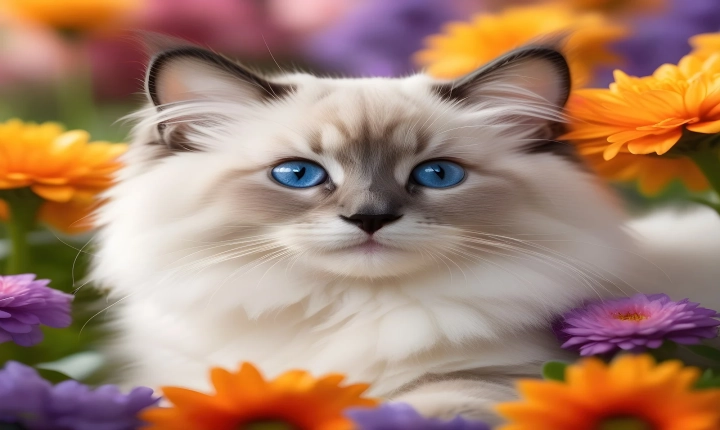Artificial intelligence (AI) has had a profound impact on the world of art, revolutionizing the way artists create and the way audiences experience art. The emergence of AI art has sparked a significant shift in the traditional art-making process, provoking debate and intrigue within the artistic community.
One of the most transformative effects of AI art is the way it has expanded the creative toolkit available to artists. AI algorithms can analyze massive datasets of art history, styles, and techniques, and generate new, original artworks based on this analysis. This has opened up new avenues for artists to experiment with ideas and concepts they may not have explored otherwise. AI art has also enabled artists to collaborate with technology in the creation process, blurring the lines between human creativity and machine intelligence.
Furthermore, AI art has challenged the notion of authorship and originality in art. As AI systems can generate art autonomously, questions have arisen about the role of the artist in the creation of AI-generated artworks. Some argue that the AI system itself should be considered the artist, while others believe that the human programmer or collaborator should be credited as the artist. This has prompted a reevaluation of the traditional understanding of art and the artist’s role in its creation.
The impact of AI art also extends to the art market and the way it is valued. AI-generated artworks have been sold at auction for significant sums, leading to discussions about the inherent value of these works and their place within the commercial art world. This has raised questions about the uniqueness and authenticity of AI-generated art, as well as the implications for the future of art collecting and investing.
In addition to changing the art-making process and challenging traditional concepts of authorship and value, AI art has also influenced the way audiences engage with art. Through interactive installations and digital experiences, AI-powered artworks have the ability to immerse viewers in dynamic and ever-evolving experiences, redefining the traditional static art-viewing experience. This has led to a new appreciation for the intersection of technology and creativity, as well as the potential for art to transcend its physical form and exist in the digital realm.
Despite the transformative impact of AI art, it has also sparked debate and skepticism within the artistic community. Some artists worry that AI technology may replace the role of human creativity and craftsmanship in art-making, leading to a homogenization of artistic expression. There are also concerns about the ethical and societal implications of AI in art, particularly regarding issues of data privacy, bias in algorithms, and the potential for AI to perpetuate existing social and cultural inequalities.
In conclusion, AI art has had a profound impact on artists, challenging traditional conventions of art-making, authorship, and value, while also redefining the way audiences engage with art. As AI technology continues to advance, it is clear that the influence of AI on the art world will only continue to grow, prompting further exploration and dialogue among artists, critics, and audiences alike.
